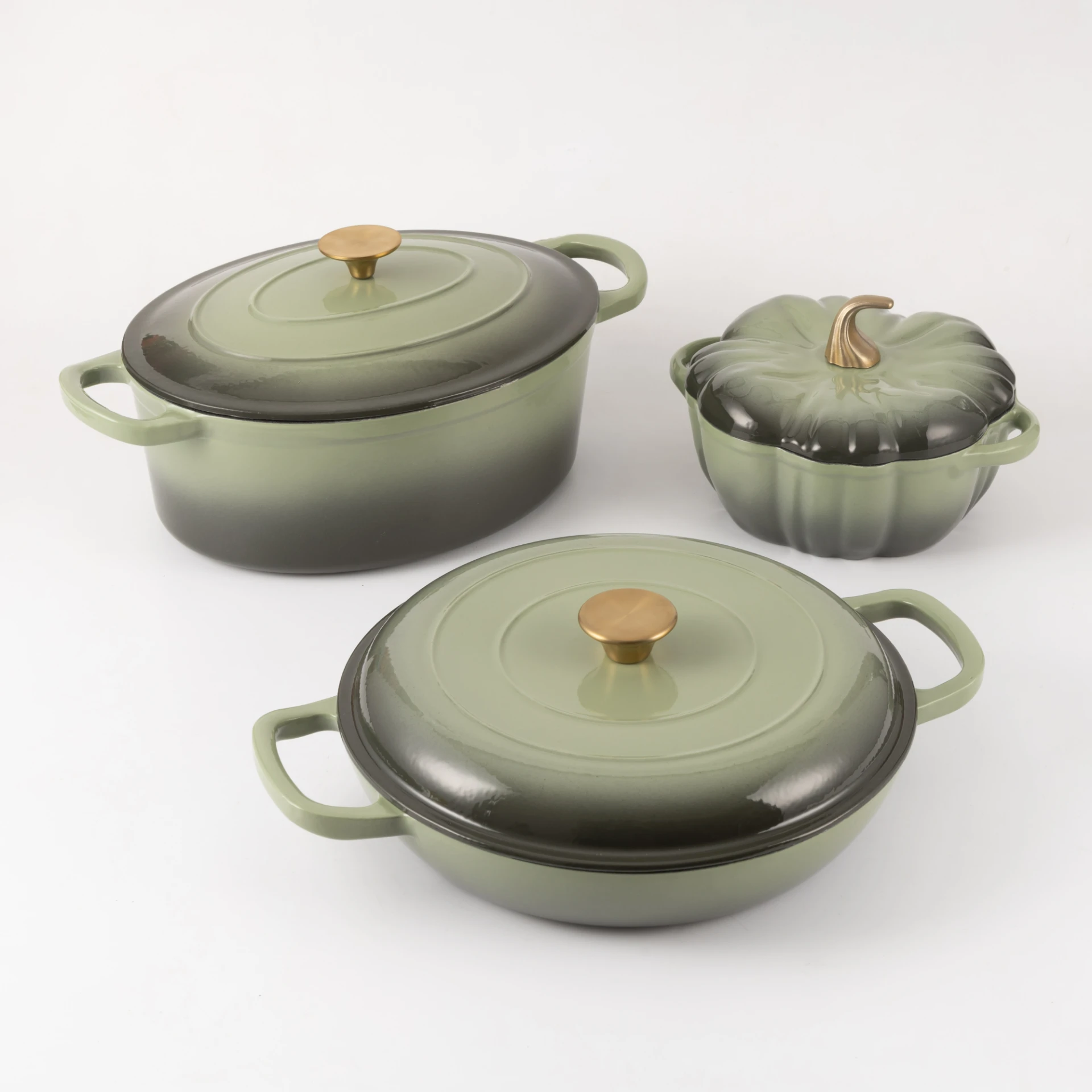
Exploring the Versatility of the Dutch Oven for Delicious Home-Cooked Meals
The Versatility of the Covered Dutch Oven
The covered Dutch oven is a culinary staple that has transcended generations and continues to be a favorite among home cooks and professional chefs alike. This heavy-duty pot has a timeless design and is characterized by its thick walls and tight-fitting lid, allowing for even heat distribution and moisture retention. Its versatility is one of the many reasons why it has earned a revered place in kitchens around the world.
One of the most popular uses for the covered Dutch oven is slow cooking. The combination of its weight and material ensures that heat is evenly distributed throughout the pot, making it ideal for simmering soups, stews, and braises. When you prepare a rich beef stew or a hearty chicken and vegetable soup, the covered Dutch oven provides the perfect environment for flavors to meld over time. The lid traps steam, allowing the ingredients to cook slowly while retaining their natural moisture, resulting in tender and flavorful dishes.
The Versatility of the Covered Dutch Oven
In addition to cooking and baking, a covered Dutch oven is an excellent choice for roasting meats and vegetables. Whether you're preparing a holiday feast or a simple weeknight dinner, this pot can accommodate large cuts of meat, such as roasts or whole chickens. The covered design allows for even cooking while collecting drippings that can be transformed into delicious gravies or sauces. Roasting root vegetables alongside your meat creates a one-pot meal that is both comforting and convenient.
covered dutch oven

Another noteworthy aspect of the covered Dutch oven is its ability to transition seamlessly from stovetop to oven. This feature allows for versatile cooking methods, including searing, braising, and baking. You can start a dish on the stovetop to develop a rich flavor base and then transfer it to the oven to finish cooking. The heavy construction of the pot ensures that it can withstand high temperatures, making it suitable for a variety of cooking techniques.
Additionally, the covered Dutch oven is not restricted to just savory dishes. It can also be used to create delightful desserts. From cobblers to puddings, the pot can retain heat well, allowing for even cooking and caramelization of desserts. For example, a fruit cobbler baked in a Dutch oven allows the sweetness of the fruits to meld perfectly with the biscuit topping, making for a deliciously comforting dessert that is sure to please a crowd.
Cleaning and maintenance of a covered Dutch oven are relatively straightforward as well. Although they may require a bit more care than non-stick cookware, their durability typically means they can last a lifetime if cared for properly. Many Dutch ovens are designed to be used both on the stovetop and in the oven, making them adaptable to a variety of recipes.
In summary, the covered Dutch oven is a versatile and indispensable tool for any kitchen. From slow-cooking stews to baking bread and roasting meats, its functionality knows no bounds. Whether you're a novice cook or a seasoned chef, incorporating a covered Dutch oven into your cooking arsenal will undoubtedly elevate your culinary creations. So, grab your Dutch oven, unleash your creativity, and enjoy the countless delicious meals that await you.
-
Season Cast Iron Perfectly with GPT-4 Turbo TipsNewsAug.01,2025
-
High Quality Cast Iron Cookware - Baixiang County Zhongda MachineryNewsAug.01,2025
-
Premium Cast Iron Pan: Durable & Perfect HeatNewsAug.01,2025
-
High Quality Kitchen Durable Black Round Cast Iron Cookware Pancake Crepe Pan-Baixiang County Zhongda Machinery Manufacturing Co., Ltd.NewsAug.01,2025
-
Cast Iron Cookware - Baixiang County Zhongda Machinery | Nonstick, Heat ResistanceNewsAug.01,2025
-
High Quality Kitchen Durable Black Round Cast Iron Cookware - Baixiang County Zhongda Machinery | Non-Stick, Heat Retention, DurableNewsJul.31,2025


